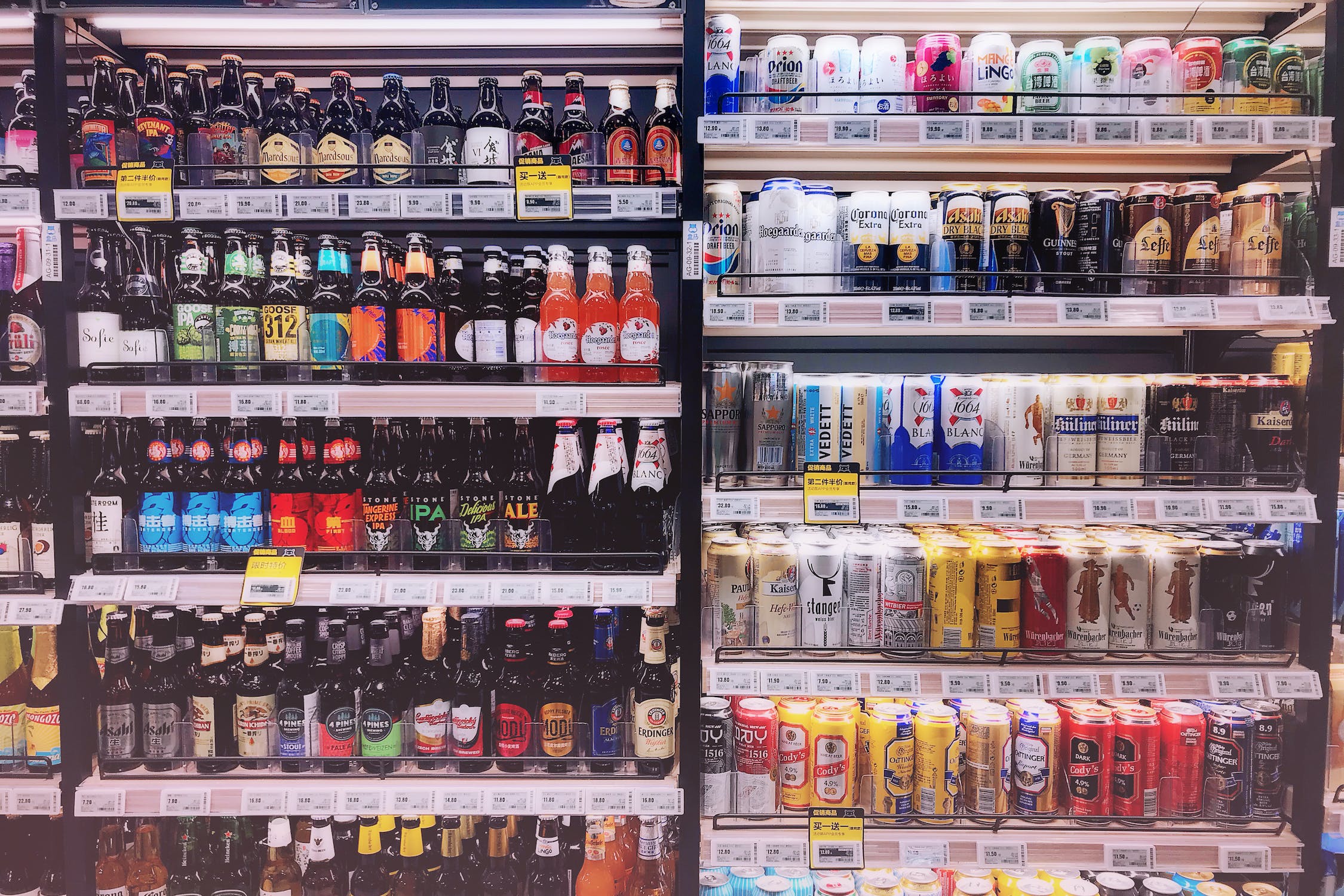
23 Apr REFRIGERATION 3.0: FUTURE TRENDS AND INNOVATIONS IN COOLING
Refrigeration and cooling often impact our lives more than you know, from preserving food and medicine to cooling industrial processes and electronics. As the world’s population continues to grow and climate change exacerbates environmental concerns, the need for more efficient, sustainable, and innovative refrigerators and air conditioning solutions has become increasingly urgent. Noting this, we figured we’d contemplate the future of refrigeration, focusing on technical advancements and new refrigerants.
For example: Magnetic refrigeration is an emerging technology that uses the magnetic properties of certain materials to create a cooling effect. Unlike traditional refrigeration systems, which rely on compressors, evaporators, and refrigerants, it operates without any moving parts or harmful chemicals. The advancement has several advantages, including high efficiency, low noise, and reduced environmental impact. It should only continue to become more prevalent in commercial and residential applications as the years pass, offering a greener alternative to traditional refrigeration systems.
Also be advised: Thermoelectric cooling is still one more innovative approach to refrigeration that relies on the thermoelectric effect, which is the generation of electricity when a temperature gradient is applied to certain materials. In a thermoelectric cooling system, electricity is used to create a temperature difference, which results in heat being absorbed from the surrounding environment, thereby cooling the space. This innovation offers several advantages, including low noise, small size, and the absence of harmful chemicals. However, its efficiency is currently limited, and it is most suitable for low-power applications, such as cooling electronic devices.
But, of course, the use of natural refrigerants is additionally becoming increasingly popular in the quest for sustainable refrigeration solutions. Natural refrigerants, such as carbon dioxide, ammonia, and hydrocarbons, have low global warming potential and ozone depletion potential, making them an environmentally-friendly alternative to synthetic refrigerants, such as chlorofluorocarbons (CFCs) and hydrofluorocarbons (HFCs). While the adoption of natural refrigerants has been hampered by safety concerns and regulatory barriers, there is a growing awareness of their benefits, and their use is expected to increase in the coming years.
On top of this, the integration of the Internet of Things (IoT) and artificial intelligence (AI) is also transforming the future of refrigeration. In the former case, sensors can be used to monitor temperature, humidity, and other environmental factors, providing real-time data that can be used to optimize refrigeration performance and reduce energy consumption. In the latter, algorithms can analyze this data and predict potential failures or maintenance needs, enabling proactive maintenance and reducing downtime. By integrating IoT and AI technologies, refrigeration systems can become more efficient, reliable, and sustainable.



